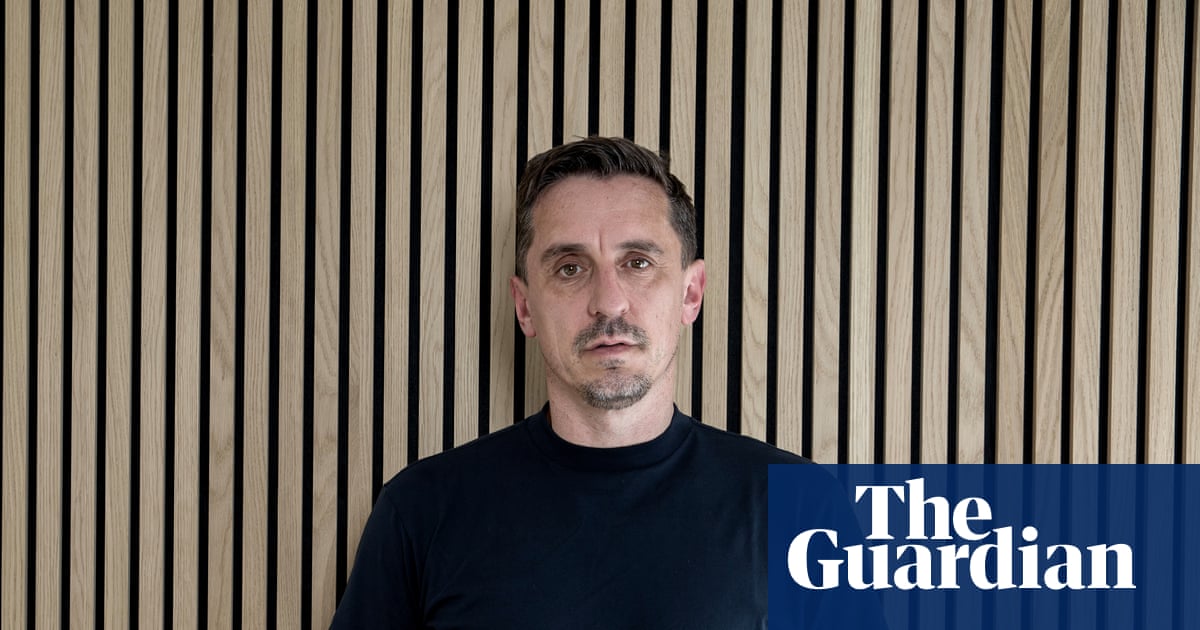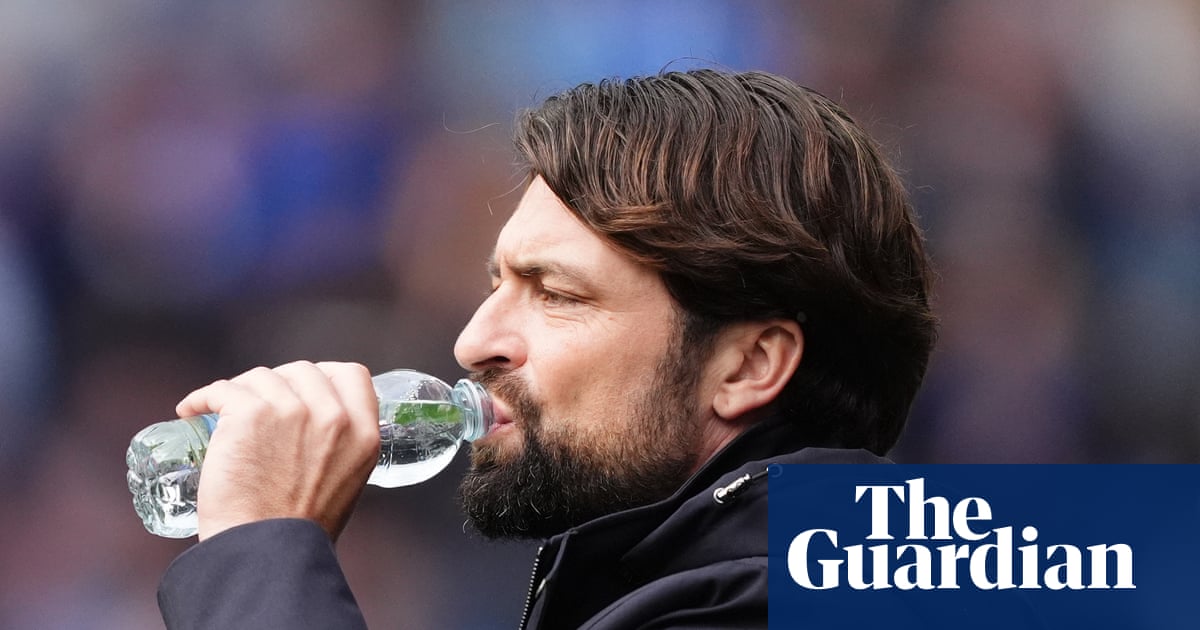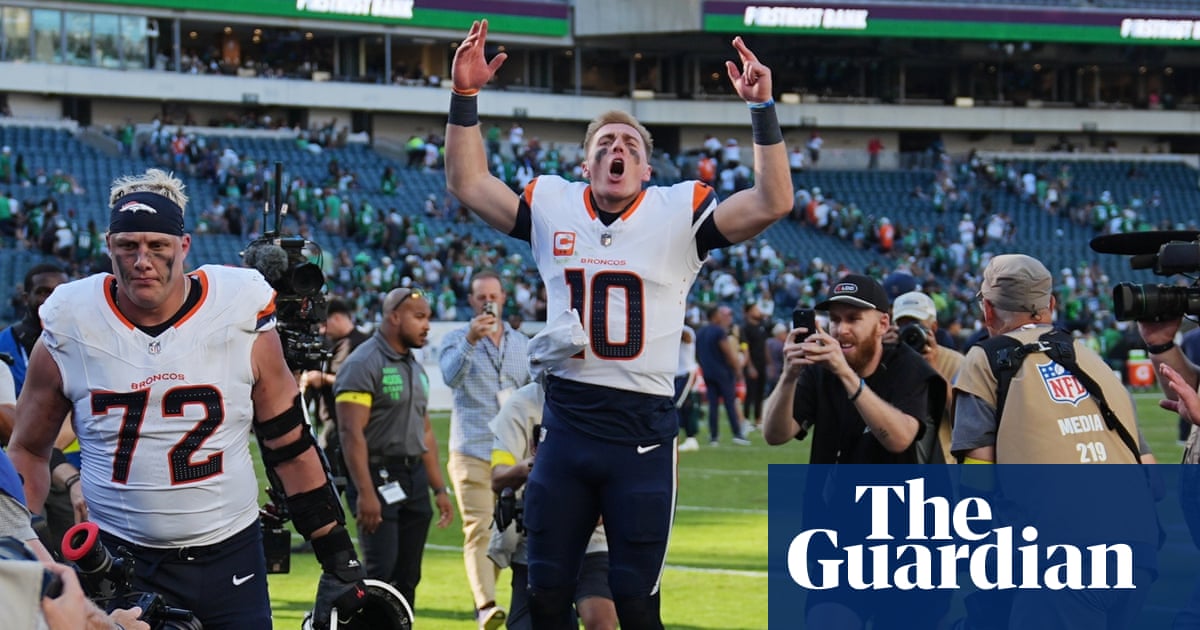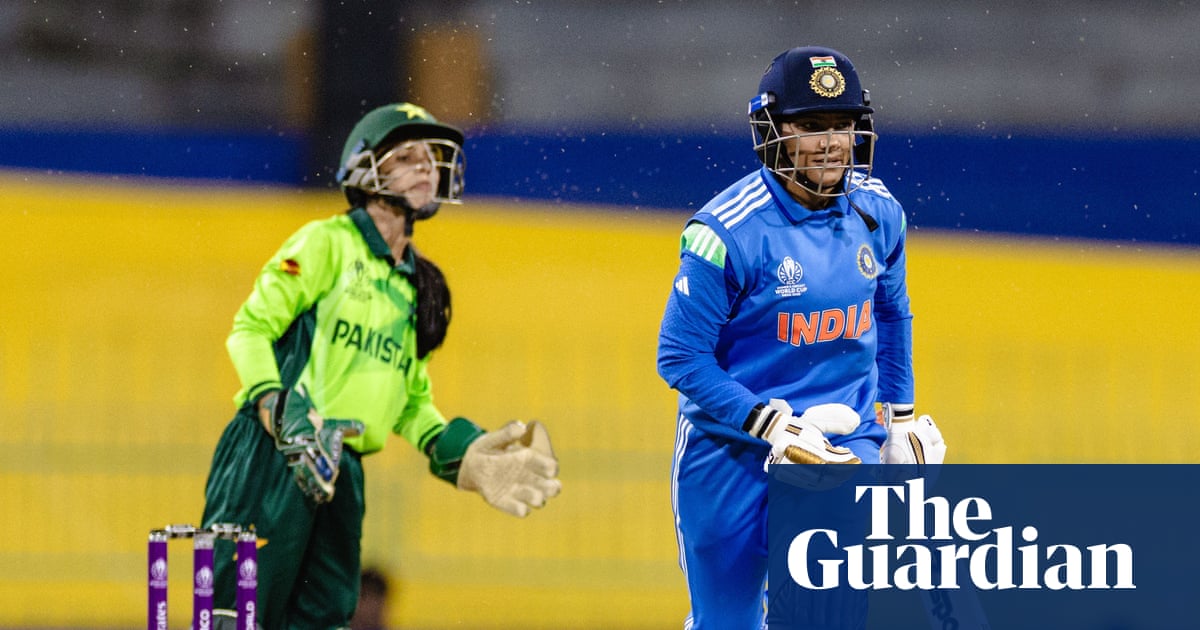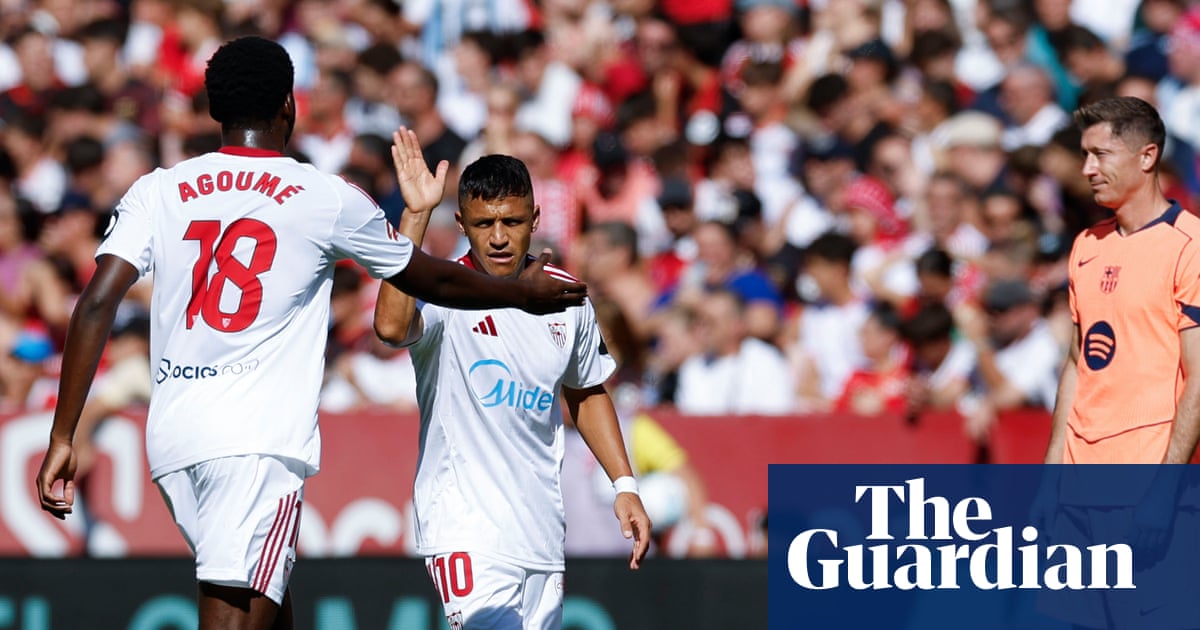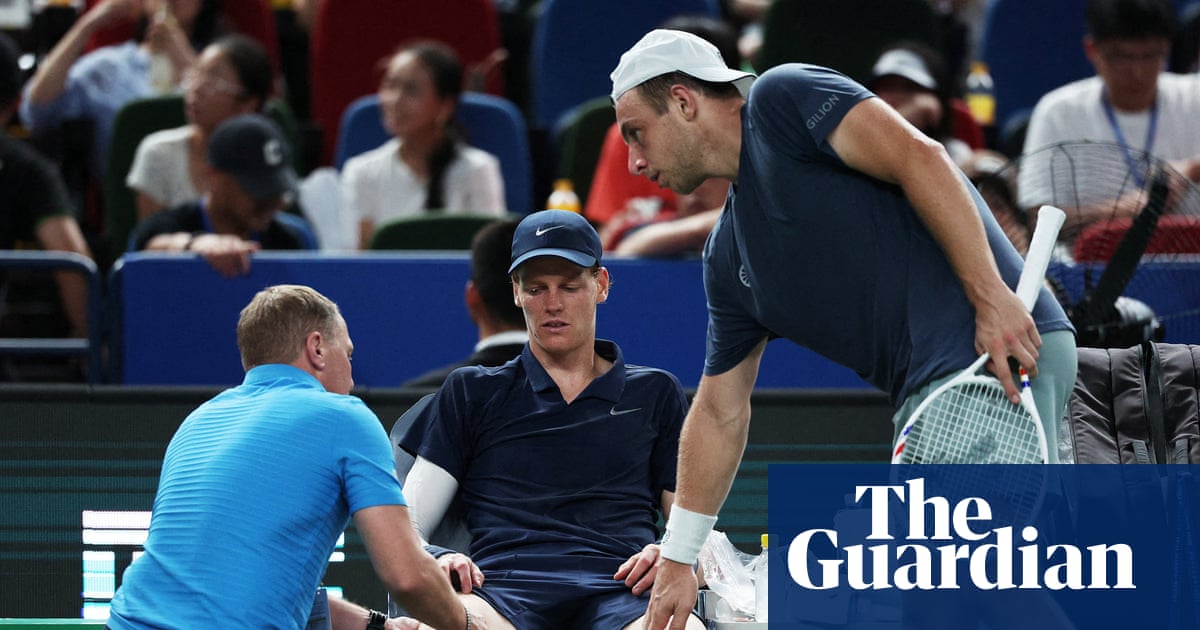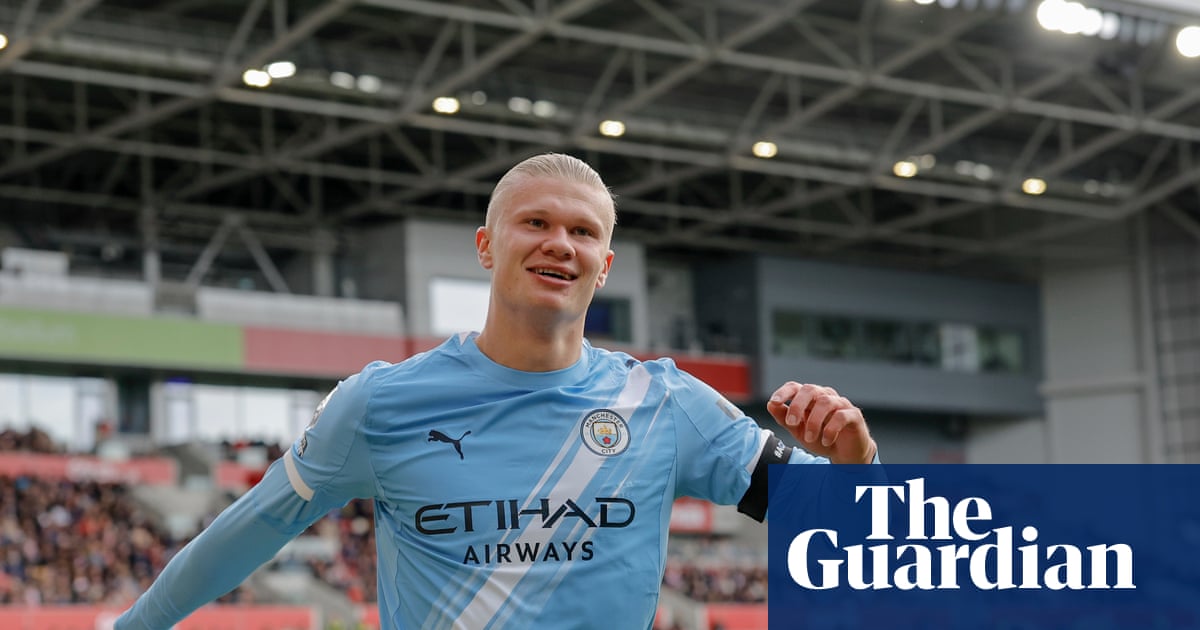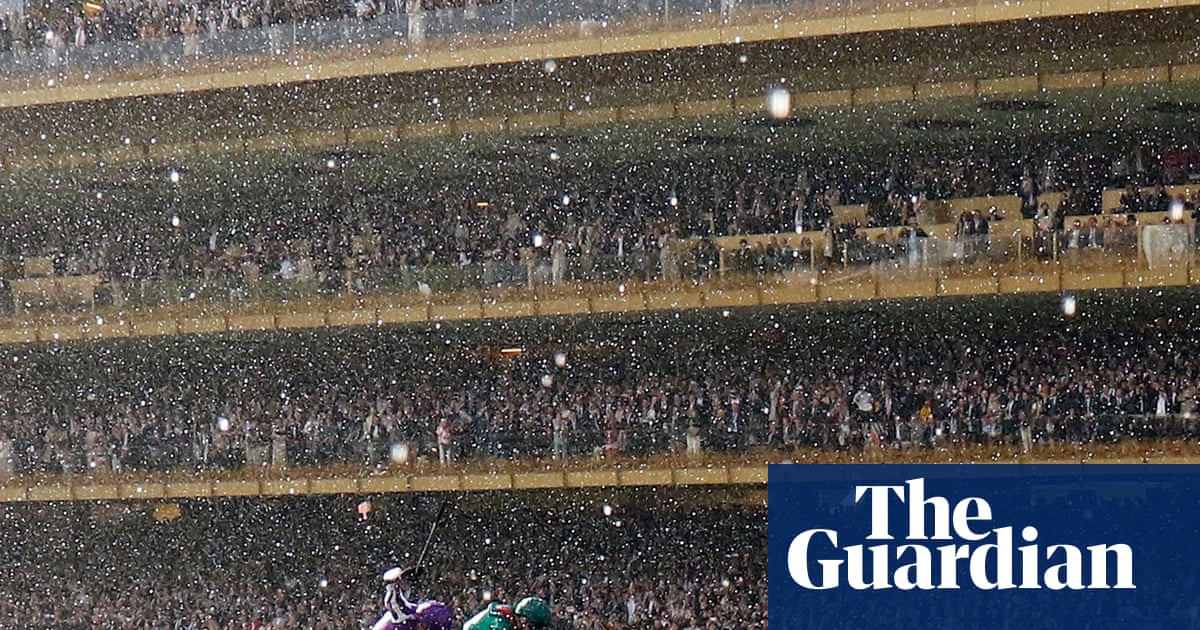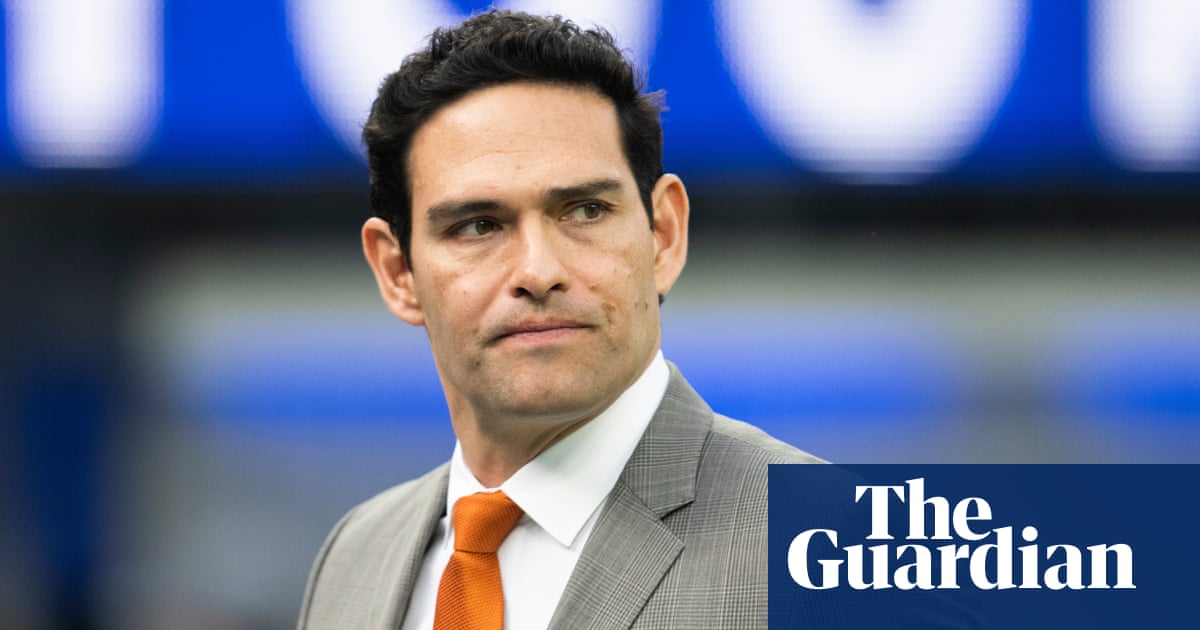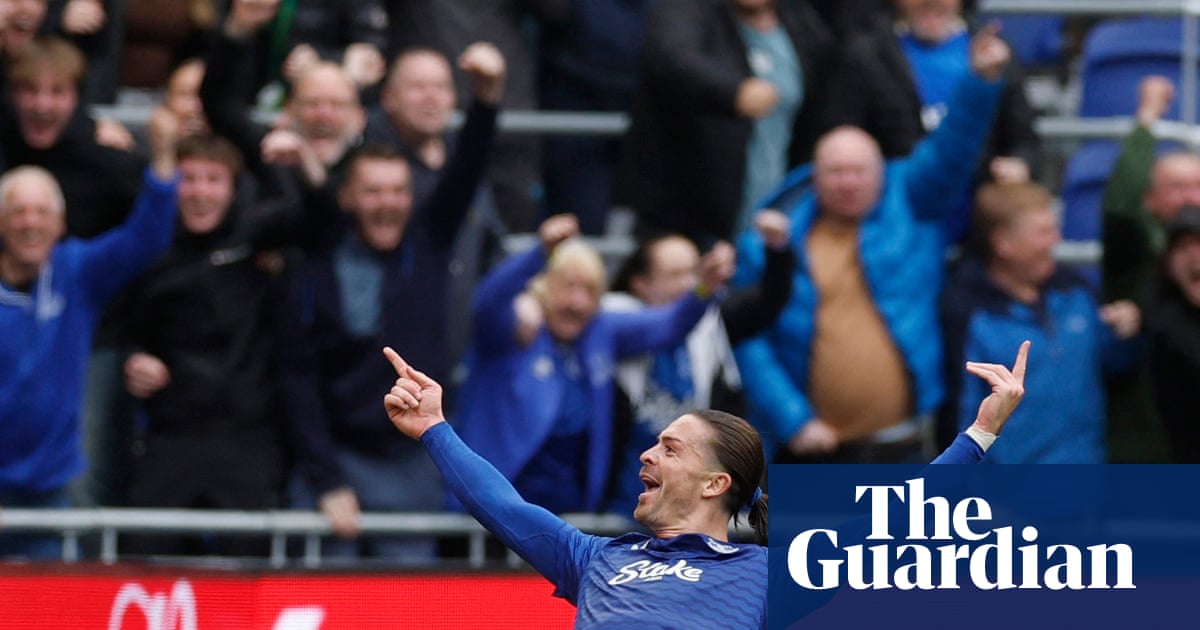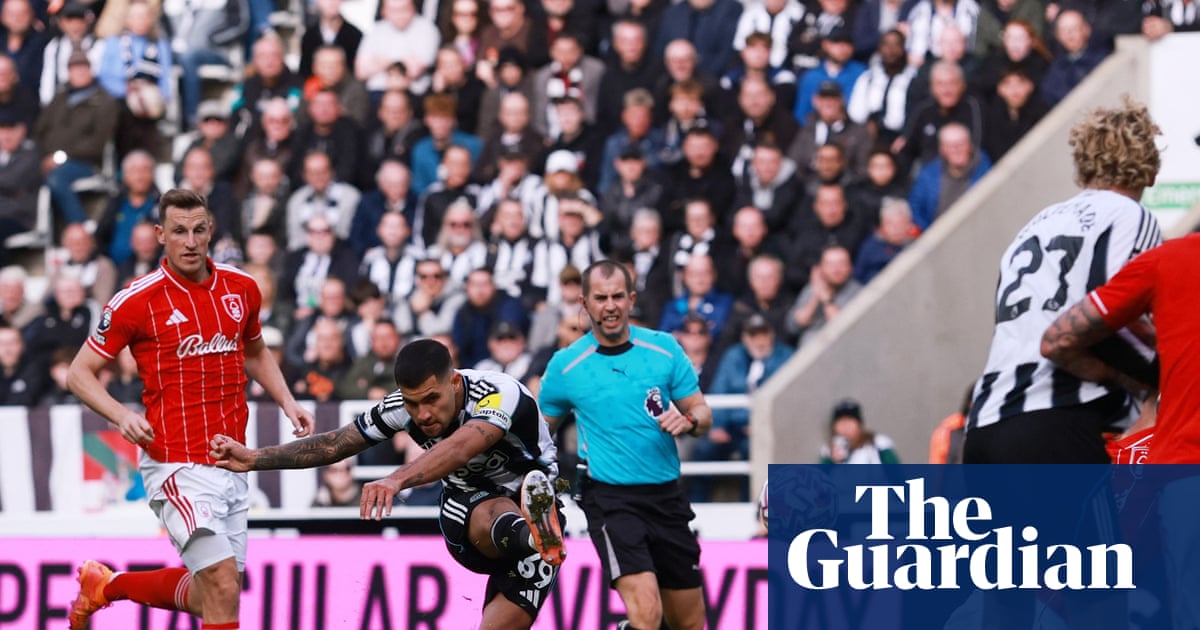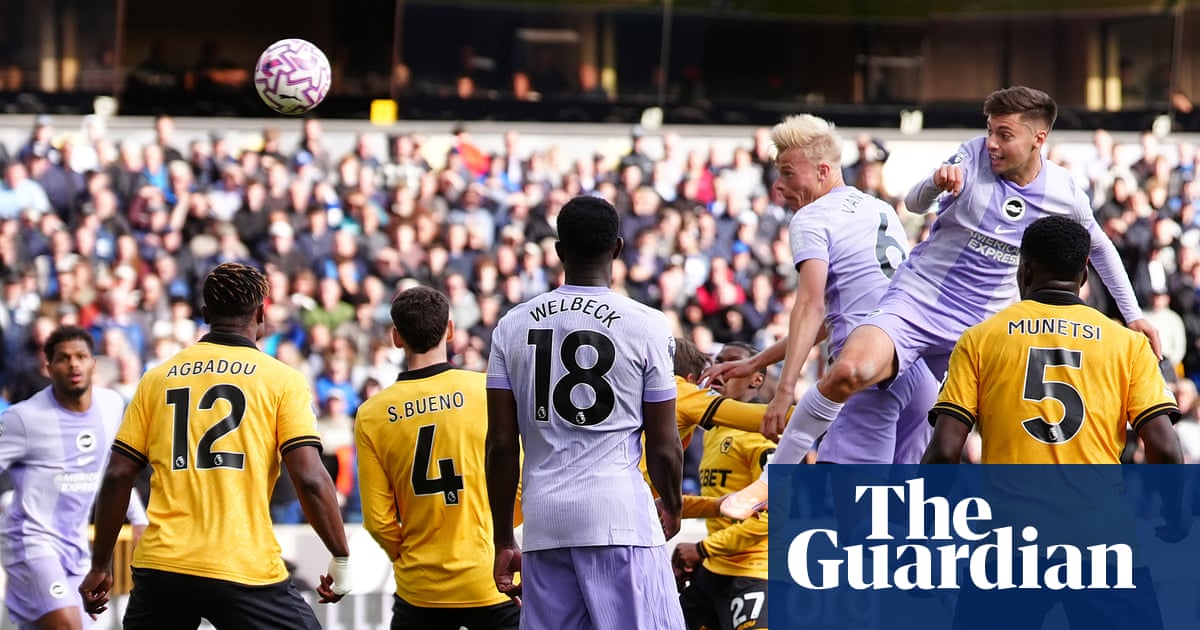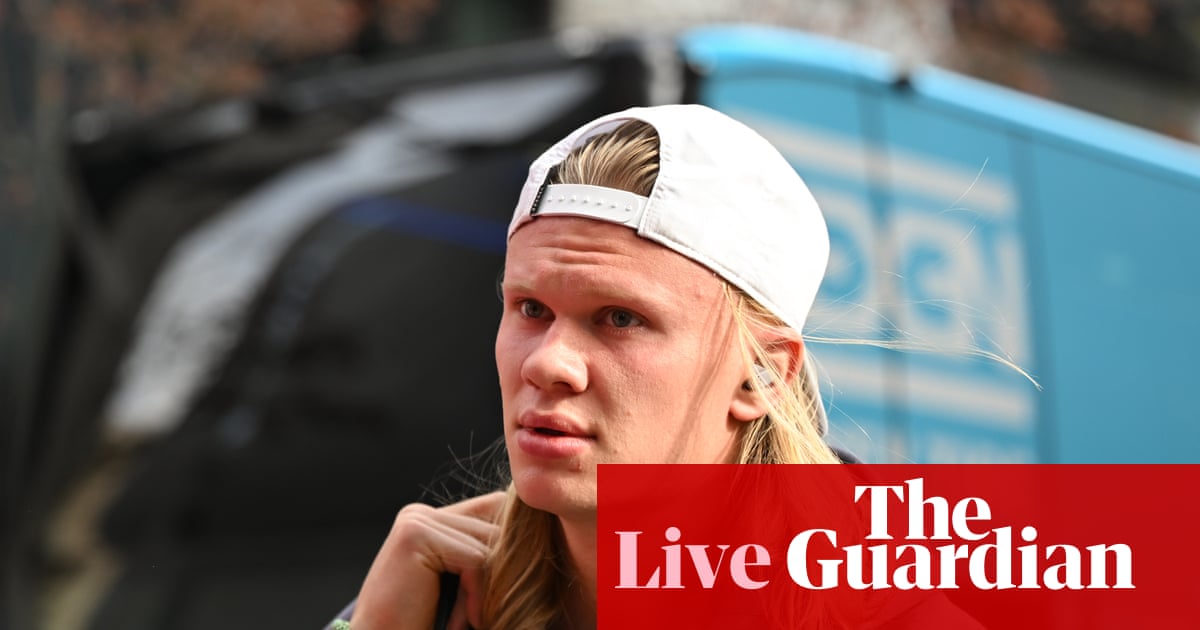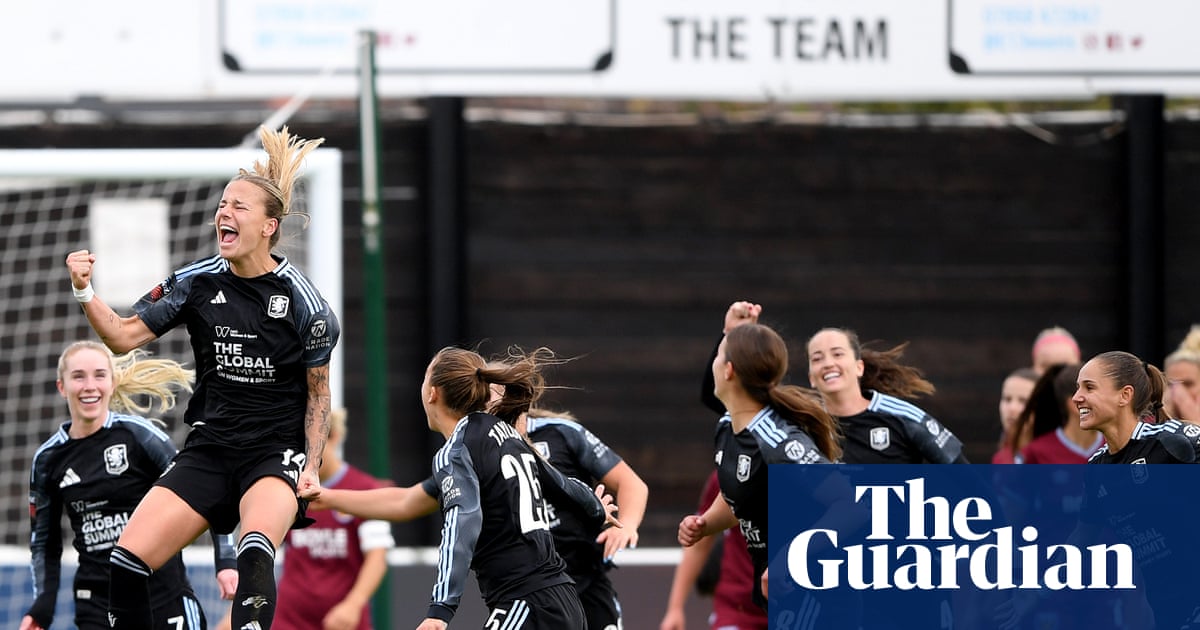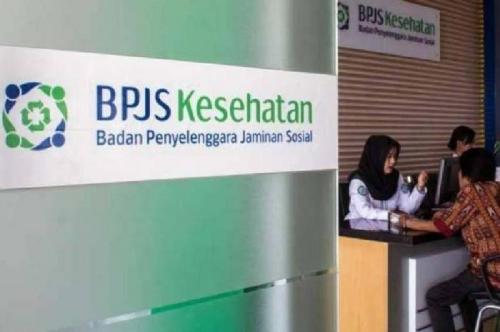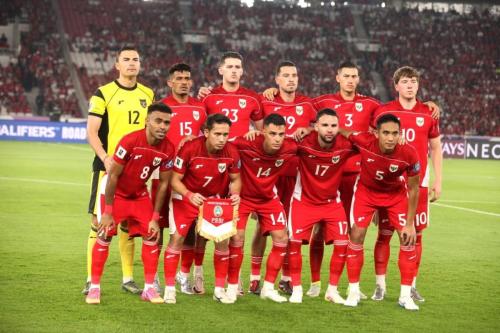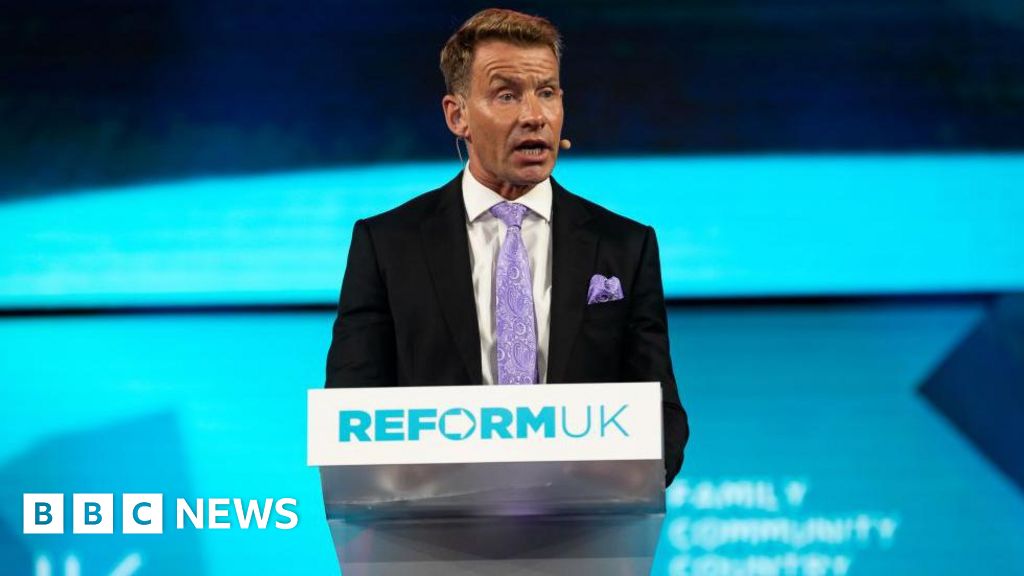Andy Farrell knows more about playing for the Lions against Australia than anyone in his squad. He faced Australia 15 times for Great Britain’s rugby league team, winning just four of those matches. Farrell only played in Australia twice for the Lions, captaining the team in Brisbane in 1999 and Sydney in 2002. Both matches were a nightmare, his team humiliated by an aggregate score of 106-16.
Farrell’s introduction to the team was more enjoyable. He made the first of his 34 appearances for Great Britain at Headingley against New Zealand in 1993. He was only 18 years old and he scored on his debut. Let’s hope he savoured that moment. His third Great Britain international, in 1994, was an epic. Farrell started in the second row against Australia at Wembley in an arm-wrestle for the ages. This wasn’t a run-of-the-mill Australia side. This was one of the all-time greats.
The backline consisted of Brett Mullins at full-back, Andrew Ettingshausen and Wendell Sailor on the wings, with Mal Meninga and Steve Renouf inside them. The half-back partnership was Laurie Daley and Alfie Langer, with Ian Roberts in the pack, Brad Fittler at loose forward, and Ricky Stuart off the bench. There were current and future immortals in green and gold that day.
Midway through the first half, the Great Britain captain Shaun Edwards was sent off. Novice coach Ellery Hanley sacrificed Farrell, substituting him to bring on Bobbie Goulding in Edwards’ place. Great Britain won the match 8-4. It was a masterstroke and a lesson in brutal decision-making for Farrell.
Surely if Great Britain could beat Australia with a side including mere mortals such as Alan Hunte, Karl Harrison and Allan Bateman, a glorious career of Ashes triumphs and lifting World Cups lay ahead for the young Farell? Nope. Australia would stop him winning every single international tournament in his career: Ashes, World Cup and Tri-Nations.
As well as Australia, New Zealand and England, Farrell played for the Lions in France, Fiji and Papua New Guinea. He was a loose forward for 16 Tests, in the second row for 15, and even spent the 1997 Ashes series at stand-off alongside Goulding. He was given the captaincy for the 1996 tour and never relinquished it. That trip saw Farrell officially crowned a Lion. For decades, players in both codes had to represent the British Isles in Test matches in the southern hemisphere to be given Lion status. Home matches, or trips to France, did not count, nor did World Cups.
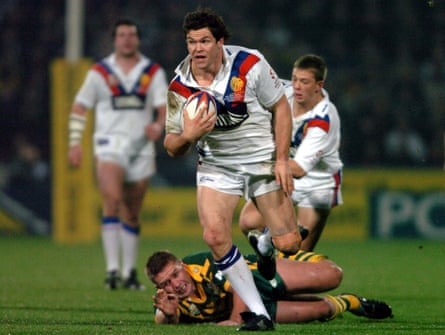
Farrell’s first tour in the southern hemisphere, in 1996, was a woeful one for Great Britain. The team started the tour by scraping through a warm-up match against Papua New Guinea, winning 32-30; they finished it by losing all three of their tests in New Zealand. Despite the poor results, Farrell showed real leadership and was made captain by coach Phil Larder.
“As the tour developed, it was obvious he was the leader of the lads,” reflected Larder. “Andy wasn’t who I had identified to be captain but he was the one they all looked up to and he was playing exceptionally well. He became my captain. Faz came through as a natural leader, not only on the pitch but outside as well. Everybody in the squad looked up to him. The thing about Andy is he’s got presence. If he walks into a room, he seems to attract people to him. Players latch on to that.”
A poor run of results in the late 1990s – that chastening trip to New Zealand in 1996, defeats to Australia in the Ashes in 1997 and another series loss to the Kiwis in 1998 – did little for the Lions brand. The Australian Rugby League Commission realised New Zealand were now their closest rivals and decided to host a Tri-Nations tournament in 1999 rather than an Ashes tour.
The tournament did not go well for the visitors. Farrell must have assumed his Lions experience had hit rock bottom when the team were torn to shreds by Darren Lockyer, Brett Kimmorley, Matthews Gidley, Johns, Fittler, Sailor and co, hammered 42-6 by Australia at Lang Park. Just 12,511 fans turned up to watch what they had assumed would be a mismatch. They were right.
It was another miserable tour, blighted by cliques: groups of players from Leeds, Wigan and St Helens who had spent all season trying to smash each other just could not kiss and make up. Coach Andy Goodway looked on helplessly, his career irreparably damaged by the experience. Farrell will not repeat that mistake with his Lions this year.
It got worse. Farrell was also a walking punchbag in July 2002 when Great Britain accepted an invitation to face Australia in Sydney for a one-off test in the middle of the season. The Kangaroos, hardened to a flint by Origin, smashed Farrell and his men to pieces. Lote Tuqiri, Lockyer, Willie Mason and Johns had a field day as the Kangaroos romped to a record 64-10 triumph. It was a never-repeated folly, the type that teaches never-forgotten lessons.
What looked like the blackest day in British rugby league history was in fact a blip, albeit one that pounded several nails in the league Lions coffin. After that horror show in Sydney, Farrell led the Lions on a heroic run. They lost just five of their next 10 tests against the Kangaroos and Kiwis, remaining competitive in every game. The Lions won three Tests on the bounce to reach the 2004 Tri-Nations final against Australia at Elland Road on a high. Few saw the 44-4 humbling coming. Throw in England’s capitulation at the hands of New Zealand in the semi-final of a home World Cup in 2000 and this was one humiliation too far for a proud man. Lions failure must have precipitated his move to union in 2005.
Whereas his friend Jason Robinson became the 14th and probably last dual-code Lion, Farrell switched to union too late to make their tour in 2005 and he was approaching retirement when the squad set off again in 2009. He added eight England caps in union to his nine in league, but it is a disappointment that such a talismanic giant of turn-of-the-century rugby league should have such a frustrating international record.
After his debut win, Farrell played in nine series or tournaments for Great Britain (plus two World Cups for England) and failed to win a single one. Of the test series against the Kangaroos and Kiwis, he lost six and drew the other. Yet Farrell was hugely respected and admired by Australian league players, coaches and pundits.
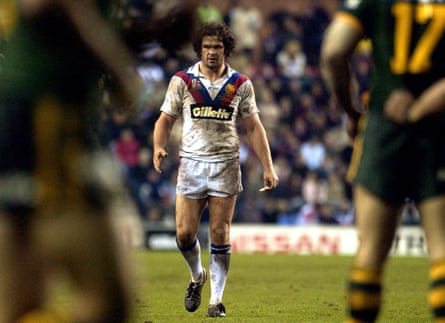
It’s not that he had no success on Australian shores. One of the highlights of his playing career came in Brisbane in 1994, when more than 54,000 fans saw his Wigan team beat the all-conquering Broncos 20-14 to win the World Club title. Three years later the Broncos got their revenge on the same stage, hammering a more prosaic Wigan side 34-0, only a week after Farrell had kicked Wigan to victory over Canterbury Bulldogs at Belmore.
Unlike the players he started his Lions career alongside – Jonathan Davies, Martin Offiah, Edwards, Garry Schofield, Hanley – Farrell was prevented from playing the off-season in the ARL and never took the plunge in the NRL. So Australian fans never saw him dominate games like he did back home in England.
Even when things were not going well for his teams, Farrell stood out. I recall a game at Griffin Park in Brentford when London Broncos appeared to be playing against Farrell on his own, his Wigan teammates missing in action as the emergency prop put in a colossal performance. It would prove to be his last league appearance in London before he emerged around the North Circular at Saracens. By then, Farrell had taken Wigan to another Super League Grand Final but been thrashed at Old Trafford by Leeds. He was dying against rugby league’s light. And a month later at Elland Road, those pesky Kangaroos snuffed it out.
Follow No Helmets Required on Facebook
.png)
 2 months ago
35
2 months ago
35
